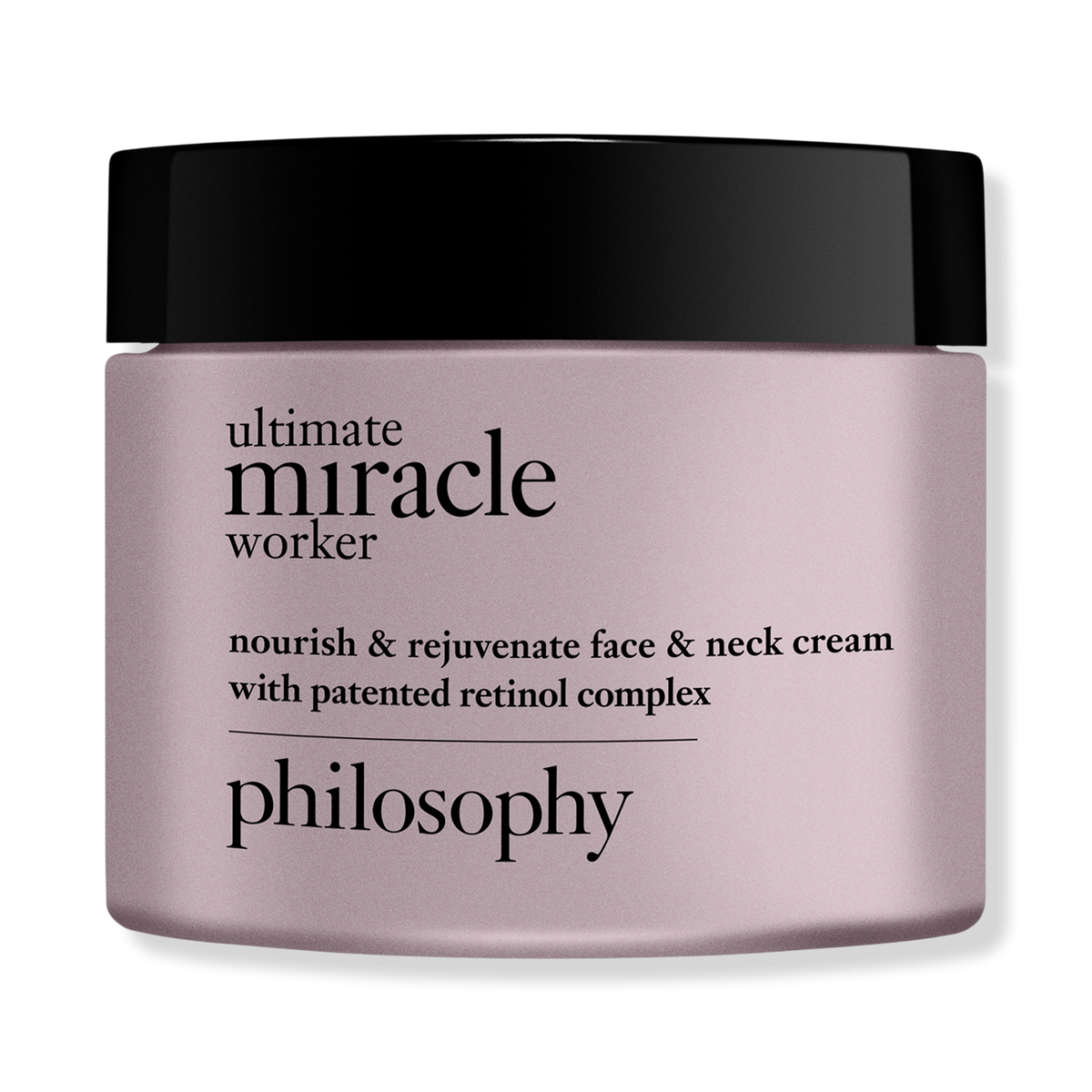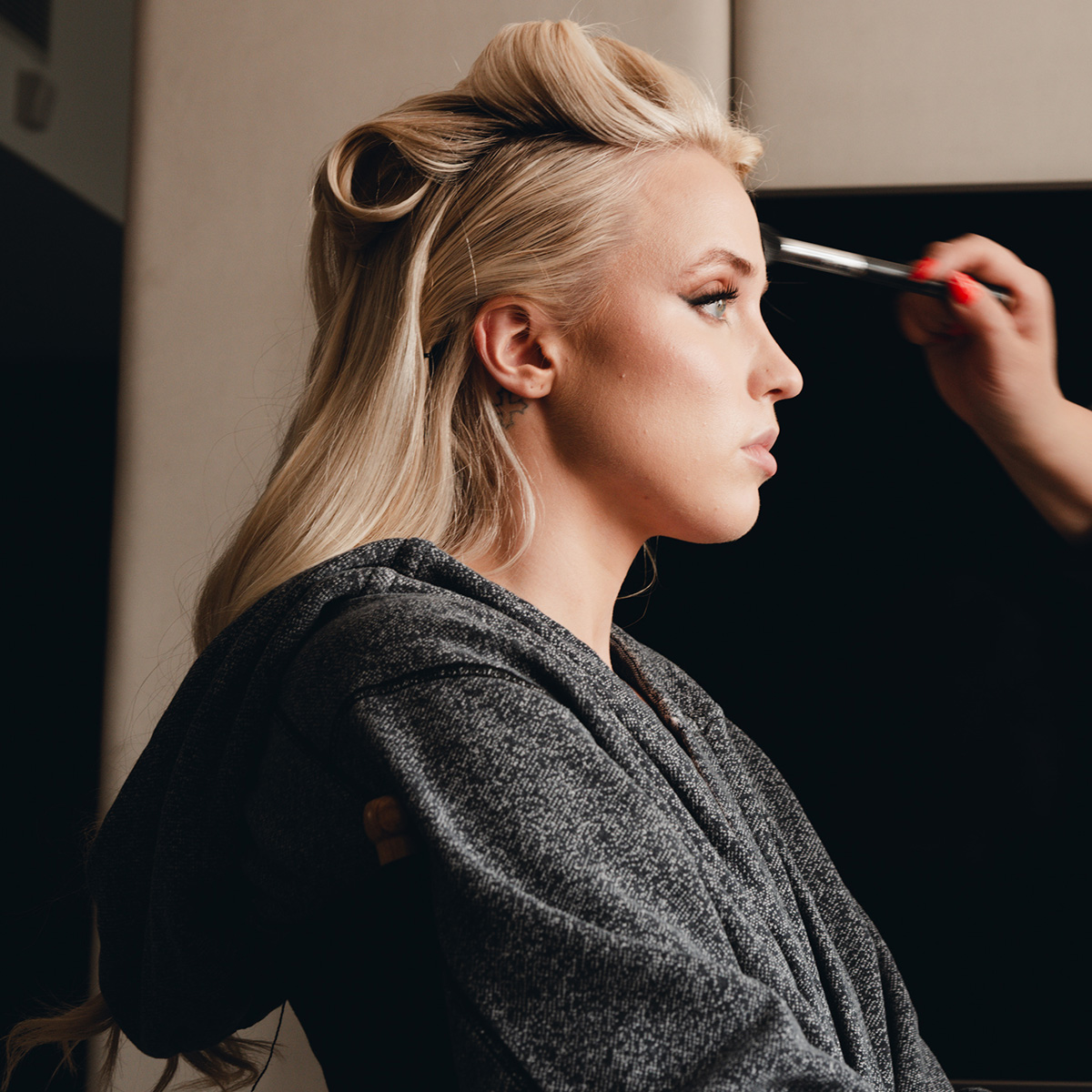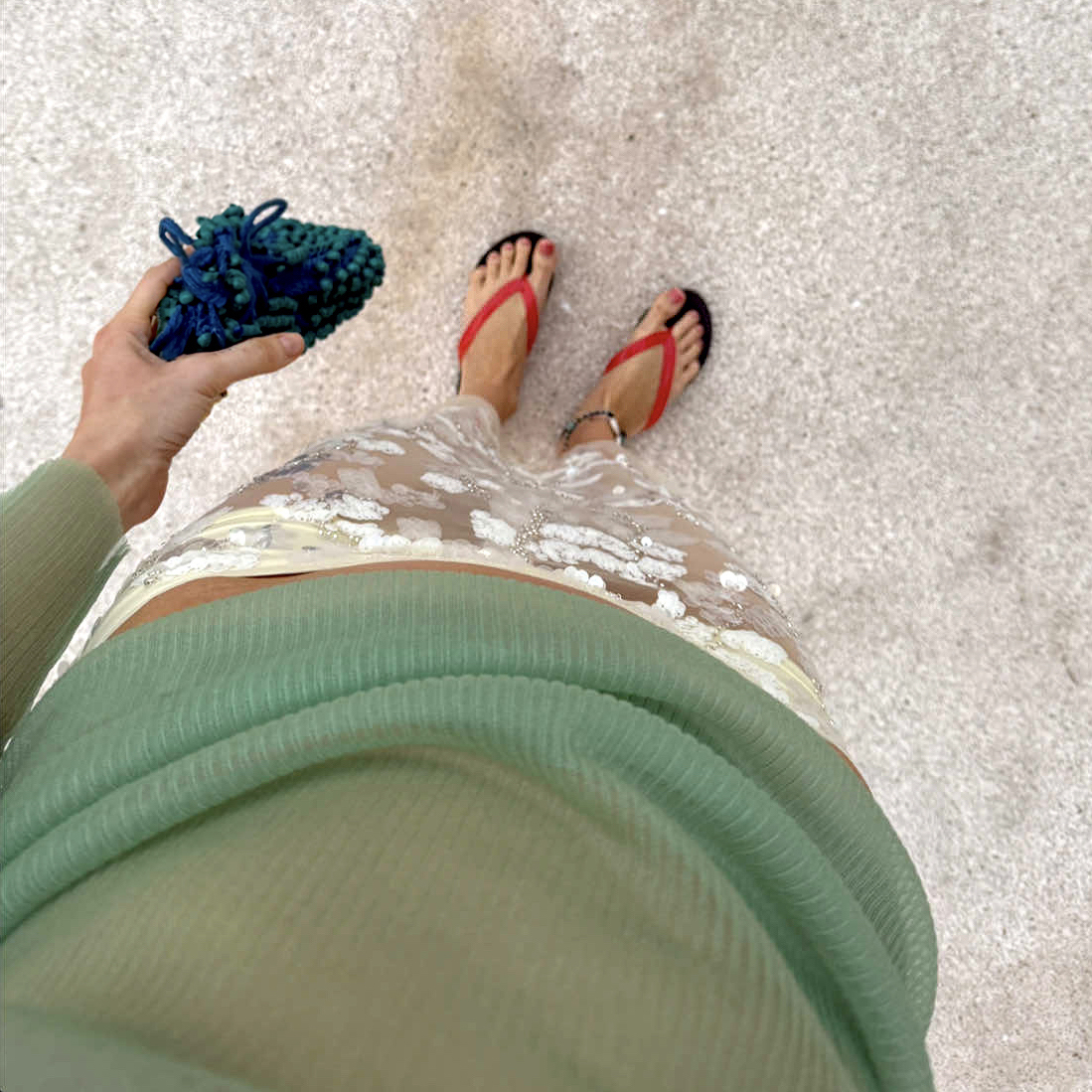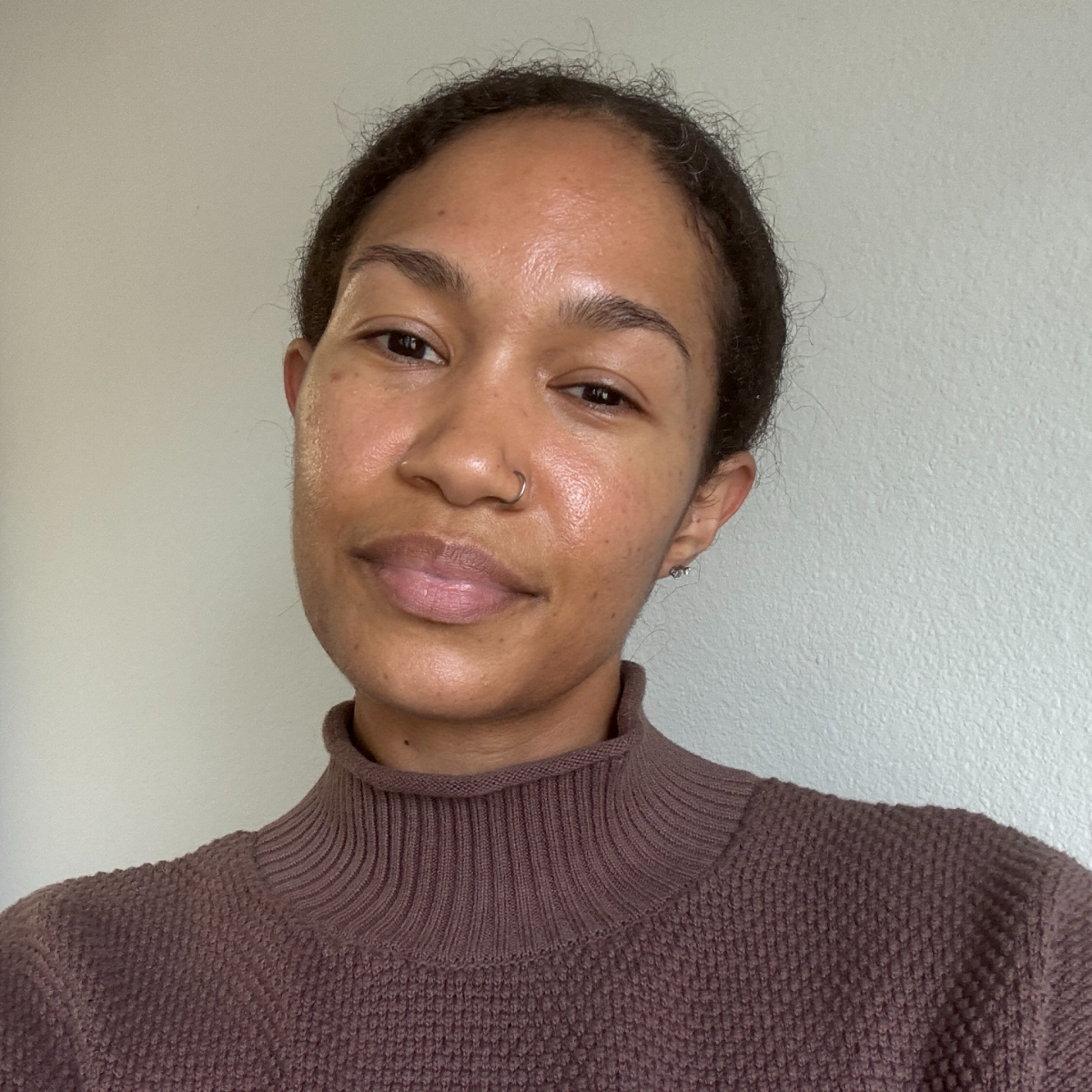I Got Botox for My Breakouts, and It's One of the Best Things I've Ever Done for My Skin
Let me start this off by saying that Botox is the last thing I thought would help with my acne. At least, that's what I thought before I understood how neuromodulators actually work. After speaking to a trained professional, though, and receiving the right treatment, I realized that it not only is possible but also works extremely well!
Recently, leading medical aesthetics provider Vanessa Lee made all my wildest skincare dreams come true by treating my skin with her legendary microinfusion treatment at The Things We Do. Honestly, if you're in the L.A. area, I can't recommend seeing Lee enough. There's no one I trust more when it comes to injectables and general skincare. Lee is so knowledgable, personable, and innovative and knows that skincare is not a one-size-fits-all type of thing. If you're curious about this treatment and how it helped with my acne, keep reading. I'm sharing more info on it straight from Lee herself along with my before and after photos.
What is a microinfusion treatment?
Don't worry. Even if you're not into getting injectables like Botox in your forehead area or anywhere else on the face, a microinfusion treatment is different, and you may still want to give this one a try. Lee explains, "Microinfusion is a gentler form of micro-needling that allows us to improve skin texture, brightness, and tone through controlled biostimulation paired with tiny deposits of a skin mixture made of hyaluronic acid, glutathione, and neuromodulator.
"The tiny needles (only six millimeters in length) have a hollow pass in which the skin concoction is released into the skin, allowing for direct deposit of the mixture into your skin. The glutathione is a super antioxidant used to brighten the skin and target dark spots and dark circles in the under eye region, the neuromodulator (or Botox) is used to decrease oil production in the skin and reduce redness, and the hyaluronic acid is used as a long-lasting skin hydrator and plumper."
This treatment is phenomenal for smoothing out your skin and giving it an airbrushed look. It is, however, a temporary effect. You can expect results to last around three to four months, so if you like getting treatments like this regularly, you can expect to get them once a season. I do have to mention that this isn't exactly a cheap treatment. If you choose to see Lee (who is, IMO, one of the best), it will cost you around $650 per treatment. As you'll see by my results, I do think it's worth it if you can swing it, and it's something I'll definitely continue to do.
How can Botox help with acne?
When Lee first explained the treatment to me in her office, she told me a bit more about how the Botox in this treatment helps with active acne and oil production. "There have been studies that show that intradermal use of neuromodulators can be helpful to reduce oil production, similarly to how it works for hyperhidrosis or sweaty underarms, and can help reduce breakouts," she says. "There is also information showing that Botox used intradermally can improve redness and rosacea and help even skin tone. I think we are going to see a lot more skin use of neuromodulators in the near future."
My Microinfusion Experience
Before Receiving a Microinfusion Treatment
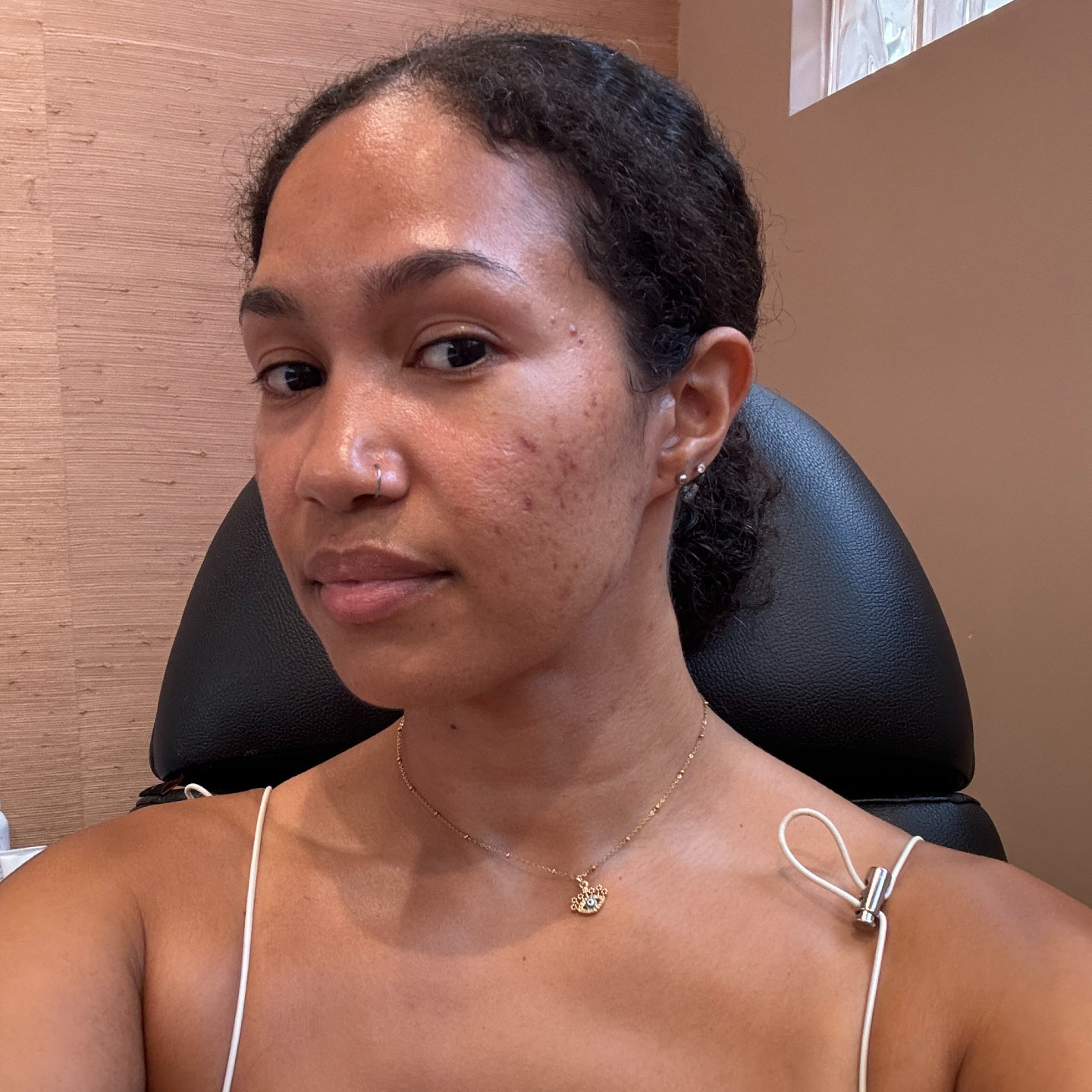
Here's a photo of the right side of my face before receiving the microinfusion treatment. I took this right before the treatment directly in Lee's downtown L.A. office. The below photo is of the left side of my face pre-treatment. To give you a bit of background on my skin, it's been on a journey. I've spent the last nine months clearing up a lot of old congestion after my skin went through a major rough patch and I couldn't use any retinoids or exfoliants without irritating it. Needless to say, a lot of purging occurred for me once I incorporated a gentle mandelic acid serum and a retinoid back into my routine.
I told Lee that hyperpigmentation, some active acne, and hydration were my main skin concerns, and she told me a microinfusion treatment would be the perfect thing for me. Boy, was she right.
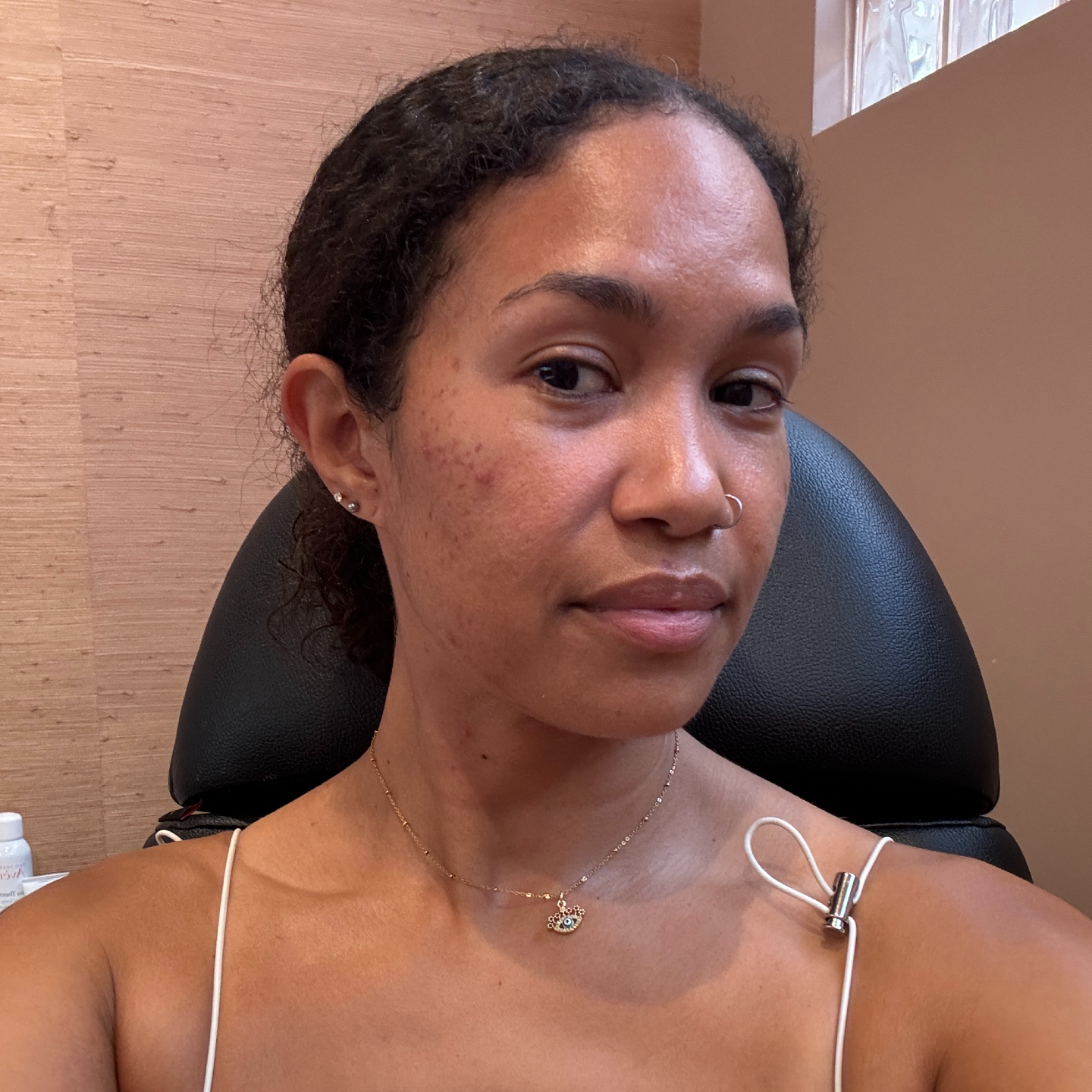
The treatment only took a few minutes, and it was similar to having a micro-needling session but not quite as aggressive since the needle is a bit more shallow. This is one of those treatments where you'll definitely see results quickly, but if you've ever gotten a Botox treatment before, you'll know that Botox often looks best two weeks after you get it, once it settles.
After Receiving a Microinfusion Treatment
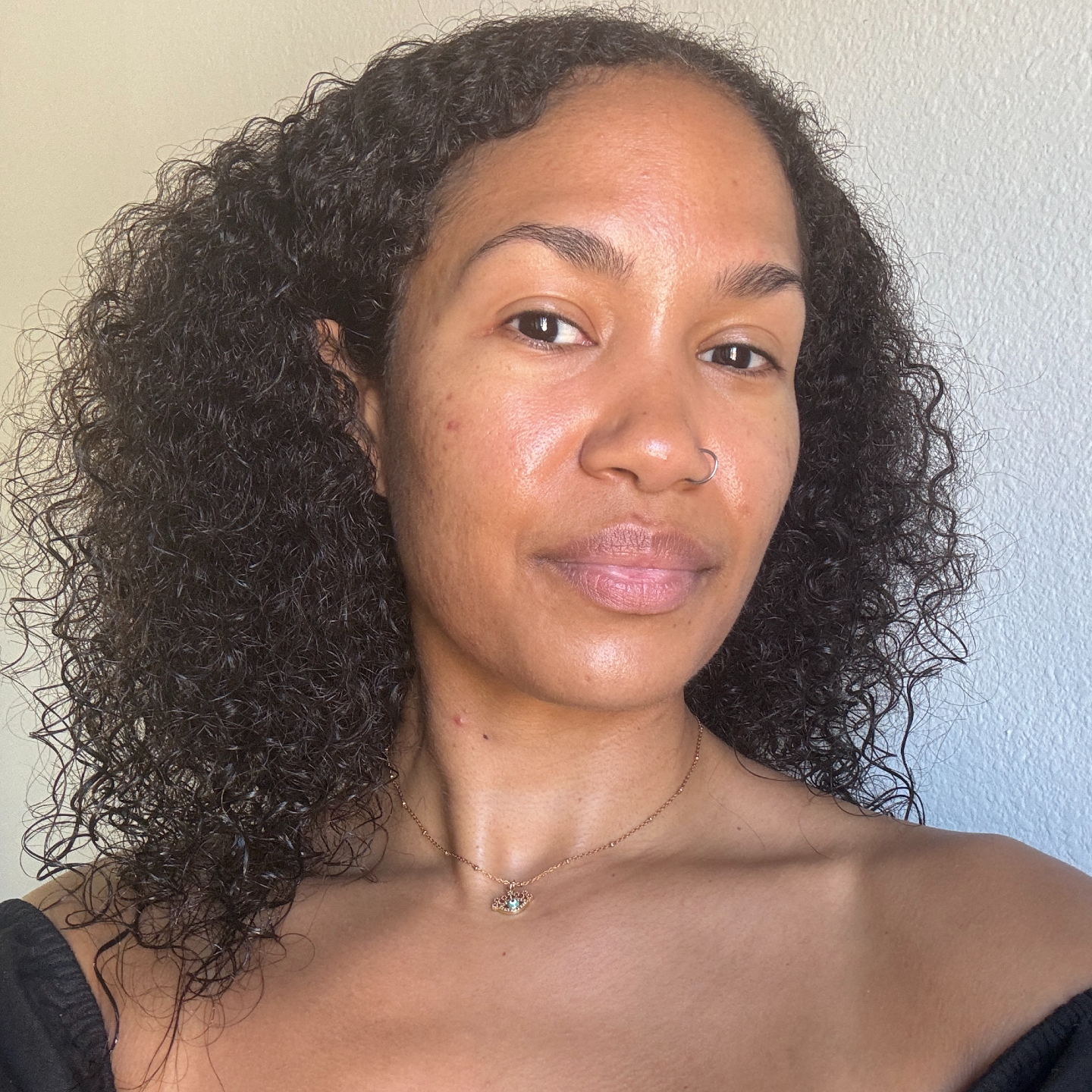
I'm super happy with my results, and the treatment really does give your skin an airbrushed effect. The Botox tightens your pores and reduces excess oil production, improving acne in record time. I noticed that any active blemishes started going away within a few days of receiving the treatment. This photo shows my skin three weeks after receiving the treatment, and my skin was noticeably more hydrated and plump.
Now, I can't credit the treatment alone for the improvements in my skin. I also use a few other key products that have massively improved my skin's overall radiance and tone, but the treatment did play a huge part. Lee also told me that this treatment can potentially help reduce sensitivity to certain ingredients. If you're sensitive to vitamin C or other ingredients, this may help with that. You'll definitely want to patch test before testing this theory, but pretty cool, right?
Lee also has a few tips if you have acne-prone or combination skin. "I love treating zones of the face instead of placing all of your serums all over the face. For instance, if you have sensitivity and redness on the cheeks but an oily T-zone, then use your actives on the T-zone, but skip the cheeks, instead applying your slugging and barrier-protective products on the cheeks. If you have normal skin all over, this wouldn’t apply to you and you can apply your products evenly all over, but for people with target skincare concerns, use your specific actives and serums on the zones of the face that require that help."
Overall, I have to say that I'm now obsessed with this treatment, to my chagrin because it's pricey, but I will shell out the money because the results are more than worth it. Tighter pores, reduced breakouts, and extra hydration are three of the top things I want for my skin, and they were honestly starting to feel like a pipe dream before I got a microinfusion treatment. That being said, I'm sharing a few key skincare products below that are giving my skin that much more of a boost after the treatment.
Skincare I'm Using Post-Microinfusion Treatment
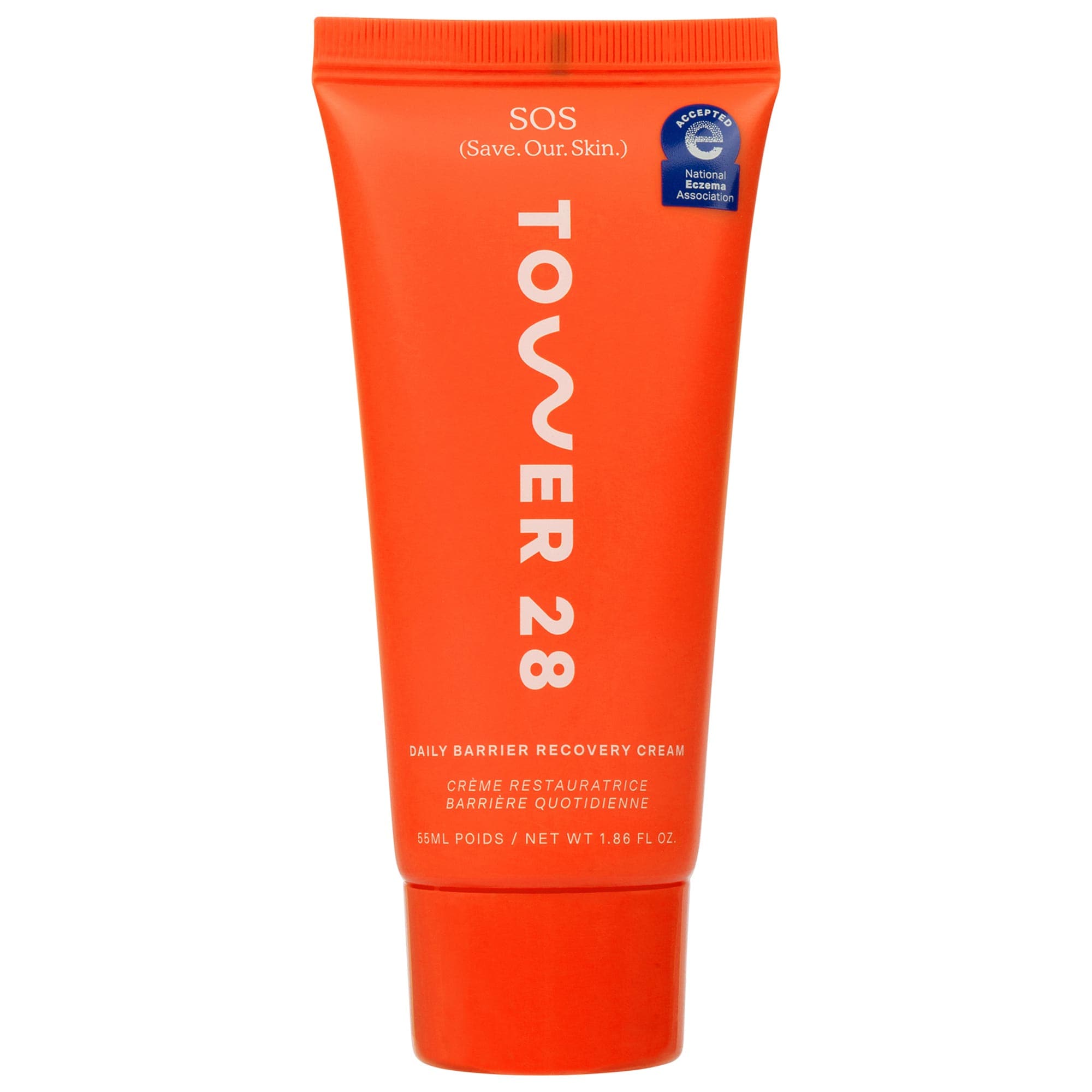
While my skin is still healing, I've been trying to keep things low-oil. This moisturizer for sensitive skin is perfect if you're in the same boat. It's designed specifically for folks with skin sensitivities and contains no oils, silicones, or other potentially triggering ingredients. It's just a basic yet incredible daily moisturizer that really gets the job done.
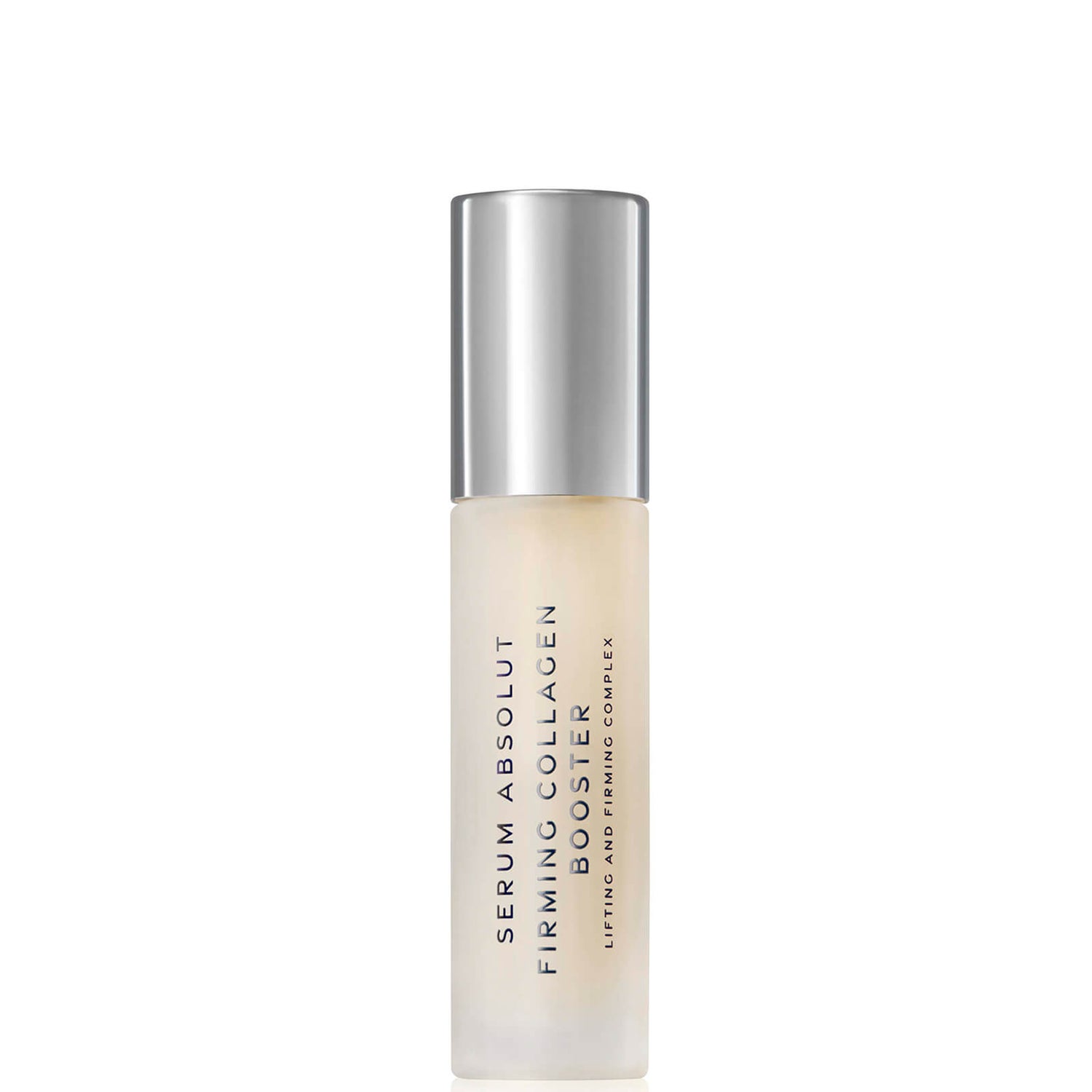
I've waxed poetic about Luzern Labs before, but I have to take another second for this firming collagen booster. Yes, this is also expensive, but I can genuinely say it's one of the best nighttime serums I've used for giving skin a plump, youthful glow in record time. I'm a huge fan of the entire line and will go as far as to say it's my favorite clean beauty brand on the market.

If your skin is too sensitive for stronger exfoliants but you still struggle with breakouts, you're definitely going to want to try New York aesthetician Sofie Pavitt's Mandelic Clearing Serum. It's designed specifically for folks who struggle with ultra-sensitive skin but could still benefit from daily exfoliation. Mandelic acid is such a powerhouse ingredient, and it has worked wonders for my active acne and hyperpigmentation in addition to receiving a microinfusion treatment.
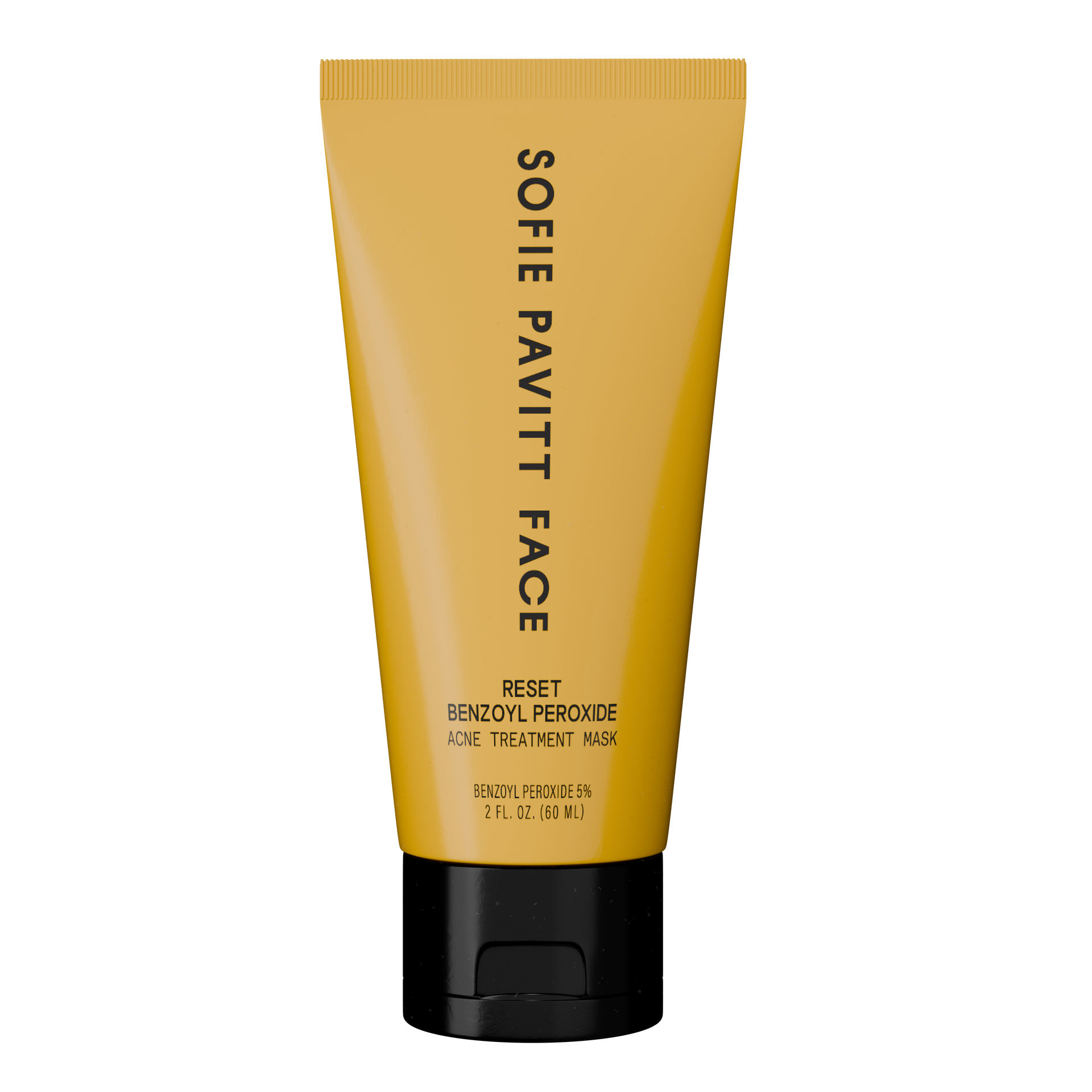
To spot treat, I use Pavitt's Reset Mask, which has acne-fighters like benzoyl peroxide in it along with soothing ingredients like panthenol to reduce redness. It gets rid of any spots so quick. I use it once in the morning for 10 minutes and once at night for the same amount of time, and it works wonders.
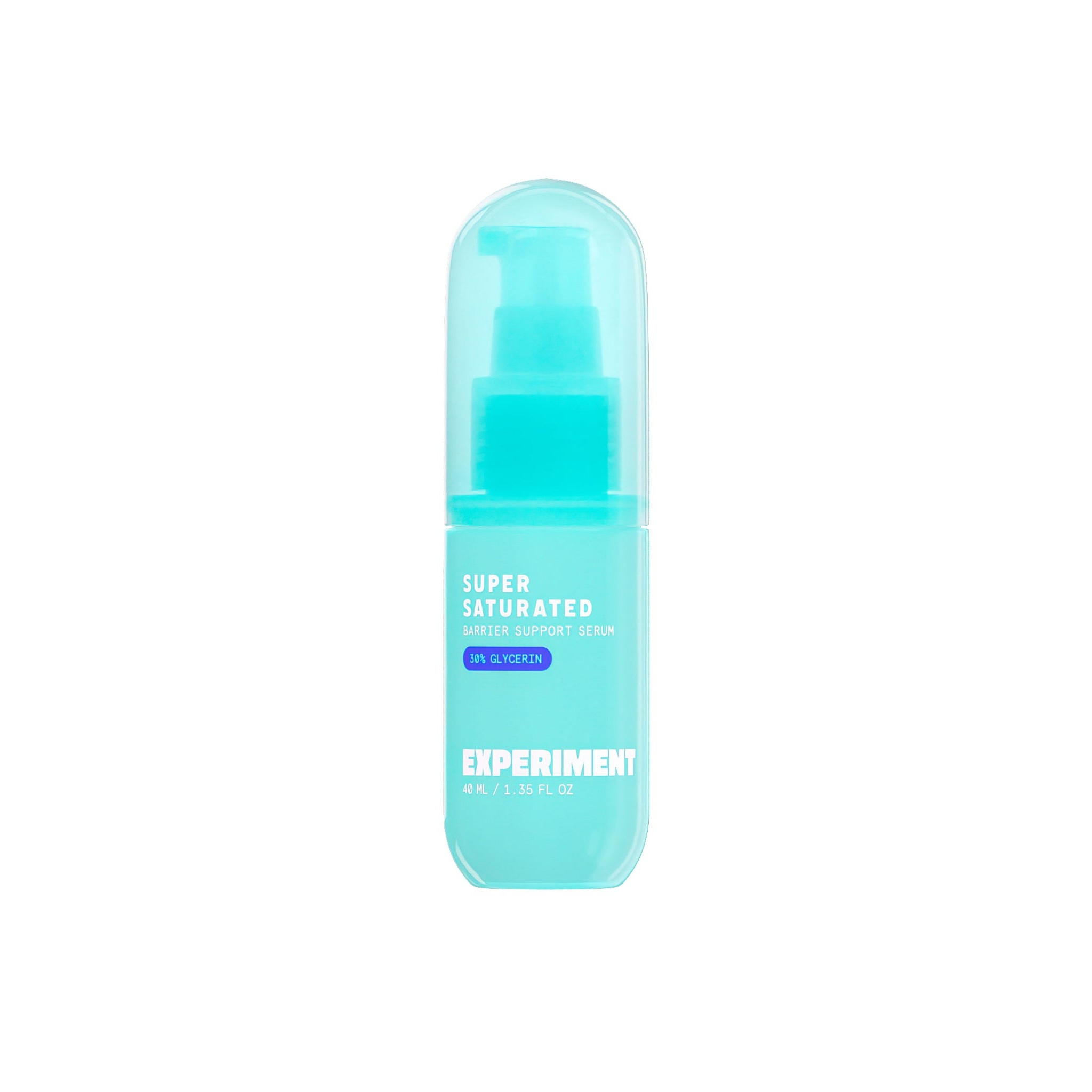
My skin barrier has been struggling for quite some time, but this serum is what really turned things around for me. It contains 30% glycerin to help repair the barrier along with a host of redness- and irritation-reducing ingredients.
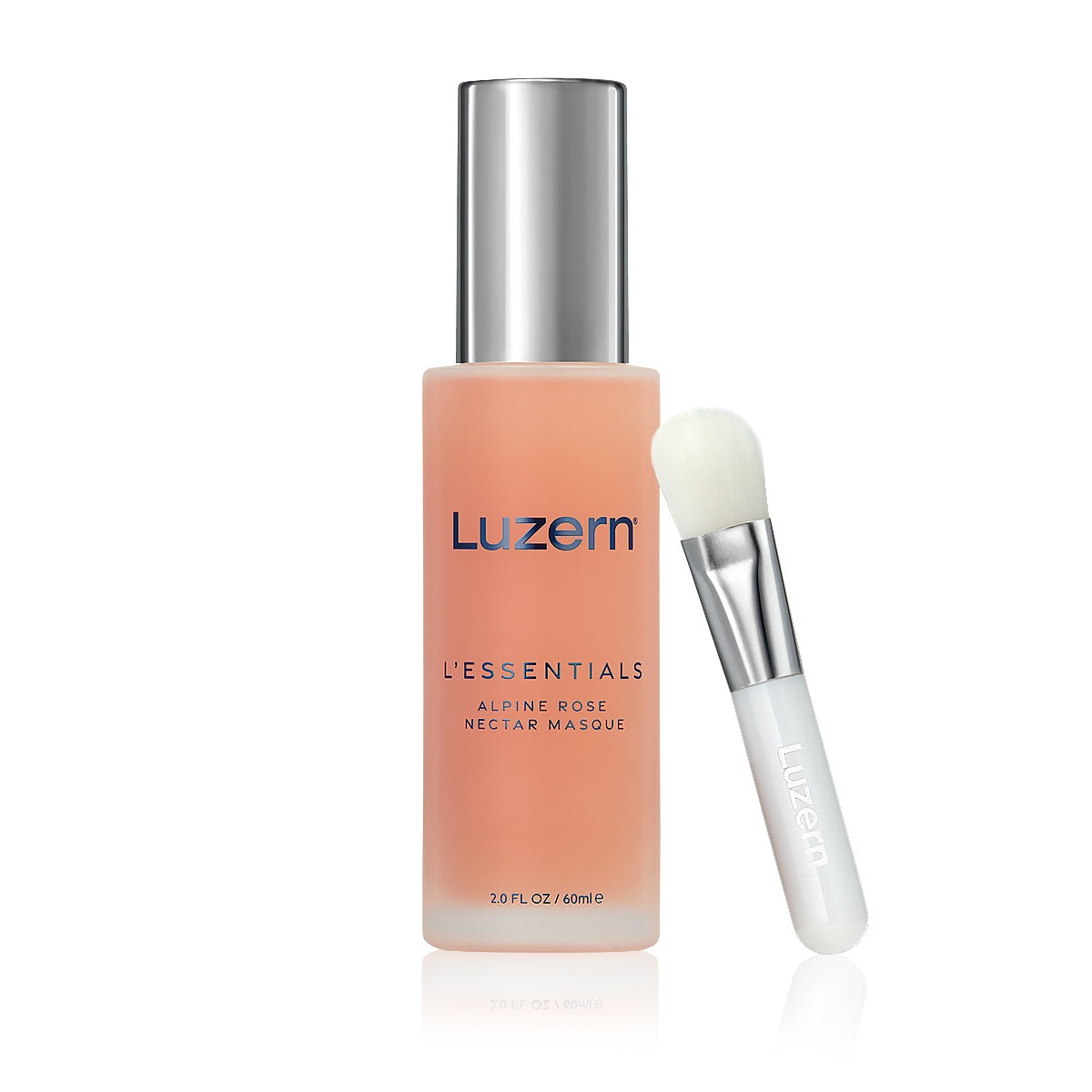
This hydrating gel mask is a must for me at least twice a week. It contains luxurious ingredients like ruby powder, alpine rose stem cells, a proprietary peptide ferment, moisture factors, and nutrients. All these ingredients work together to give your skin a smooth, soft, and luminous appearance.
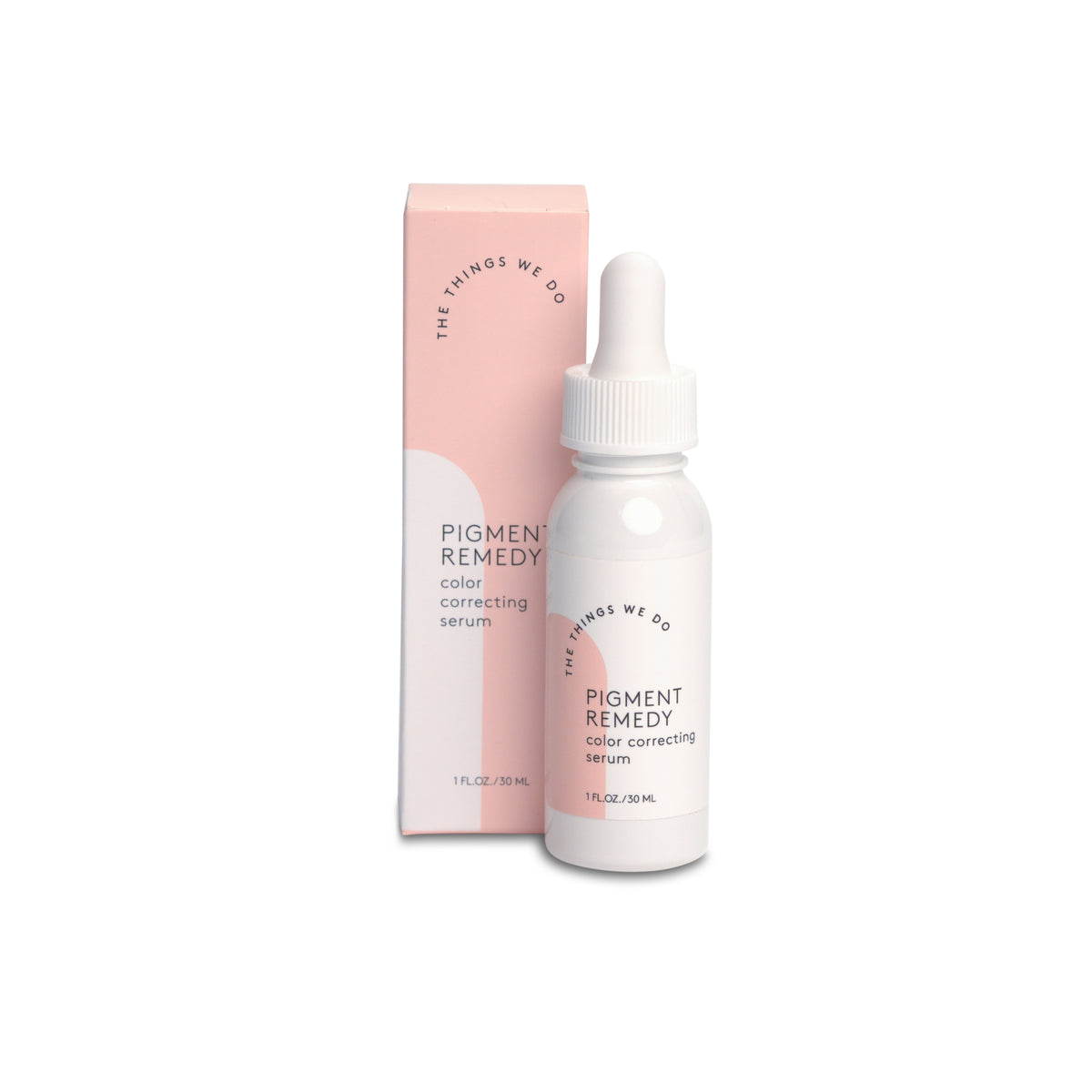
I haven't tried this serum from The Things We Do just yet, but I have tried its Liquid Lift Sleeping Mask ($62), and I have to say it's a favorite. Lee recommends Pigment Remedy for any hyperpigmentation, and it can be used both morning and evening.
Shawna Hudson is a beauty, wellness, lifestyle, and travel writer with over 10 years of experience. She graduated from California State University, Fullerton, with a degree in journalism and has written for other publications such as Bustle, The Zoe Report, Byrdie, Elite Daily, and more. She is currently a beauty writer at Who What Wear and hopes to continue feeding her (completely out-of-control) beauty obsession as long as she can. Stay up to date on her latest finds on Instagram @shawnasimonee.
